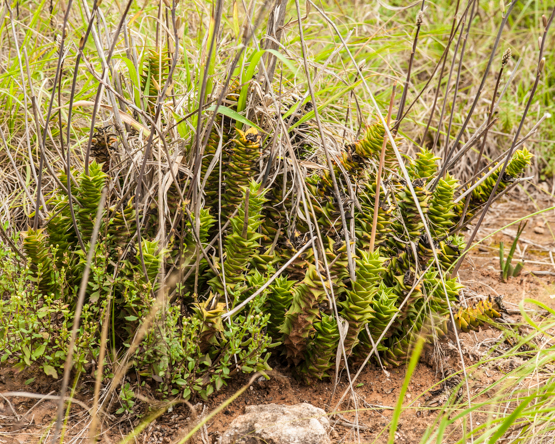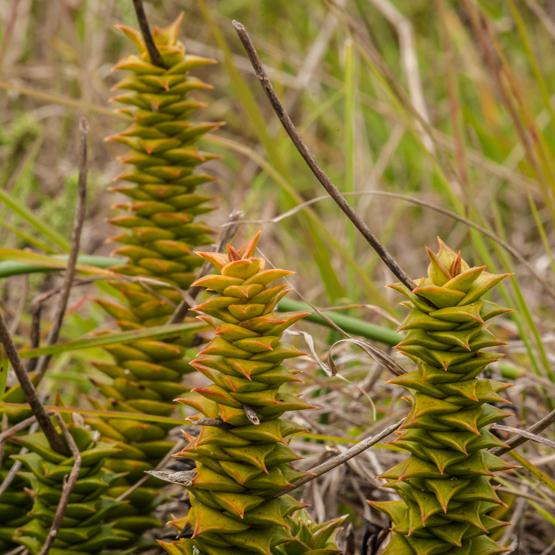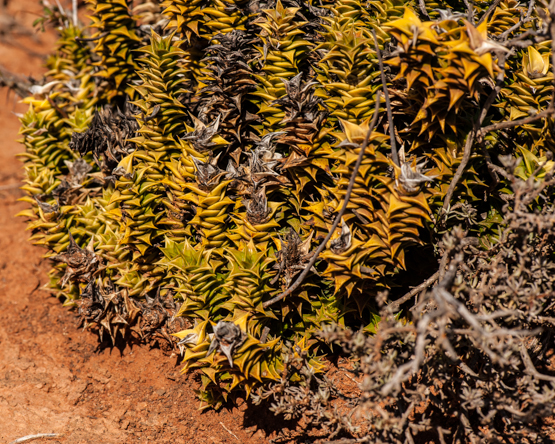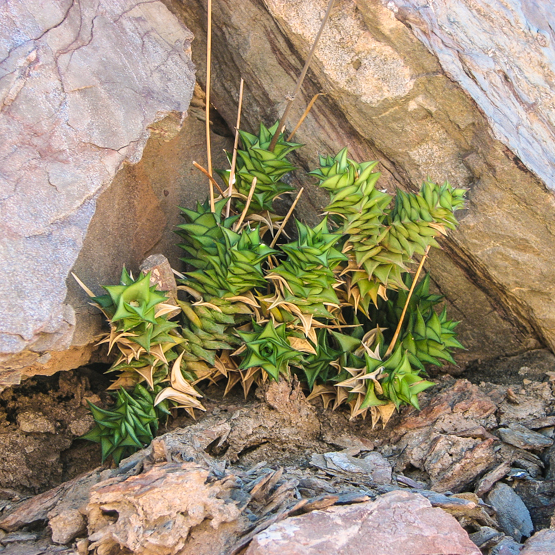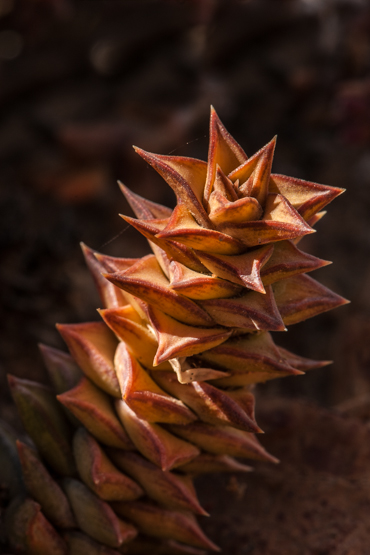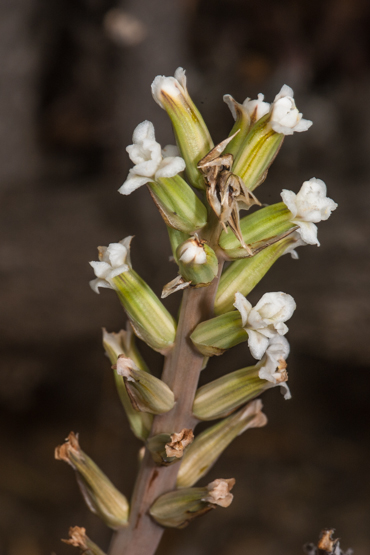For many, many years I have wanted to visit Somalia and see its wonderful succulents. I paid many visits to other countries in the area: Ethiopia and Kenya in the Horn of Africa and Yemen on the Arabian peninsula. But for one reason or the other, Somalia was always out of reach.
In 1991, the part of Somalia that used to be British Somaliland declared itself independent. The fact that it is not recognized as an independent country by the international community makes it a bit complicated to visit and it is therefore a rather unusual destination for tourists.
A while ago an unexpected occasion came up to visit Somaliland, in the company of a few people who have been there before.
And so, the day after tomorrow I will be flying to Addis Ababa, from where we will take a bus and head east to our destination.
I suppose there will not be much time or opportunity to communicate with the rest of the world while being in Somaliland, so don’t expect any posts from me until the beginning of February.
Month: January 2015
A giant dwarf (Haworthia pumila)
This name exemplifies one of the quirks of botanical nomenclature.
How can the biggest of the Haworthias (each rosette up to 25 cm tall and about 15 cm across) be called a dwarf? It only makes sense when you know that the plant was originally described as an Aloe, and as such it is a dwarf of course.
H. pumila is found from Worcester to Montagu (as far south as the northern foothills of the Riviersonderend Mountains) and in the southwest corner of the Great Karoo. Usually the plants consist of a single rosette, but over time they may (slowly) produce additional ones.
The first two pictures were taken just north of Matjiesfontein in late July, the third one south east of McGregor in the same period;
Pictures four and five are from the Aneysberg Nature Reserve (late September) and the last two show plants in the uncultivated part of the Montagu Nature Garden (same period).
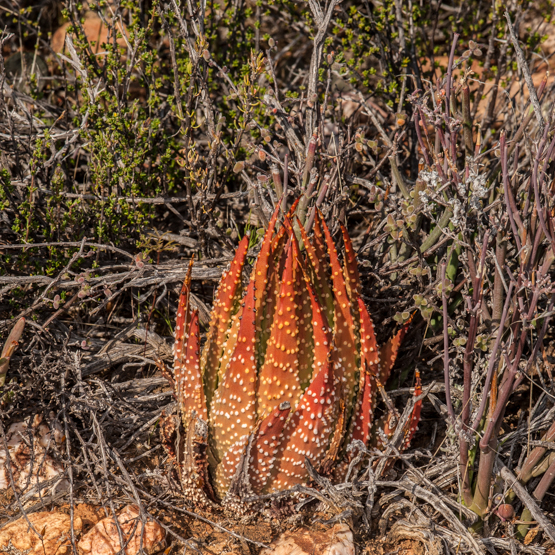
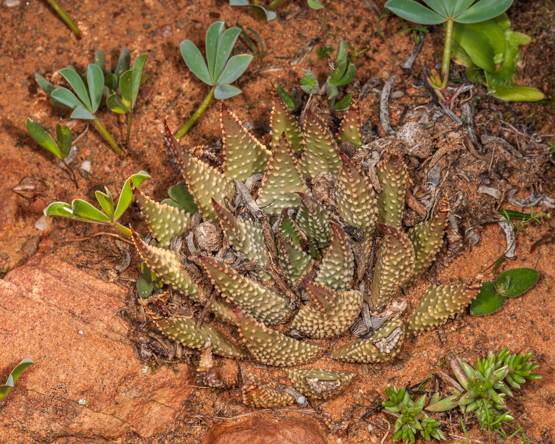
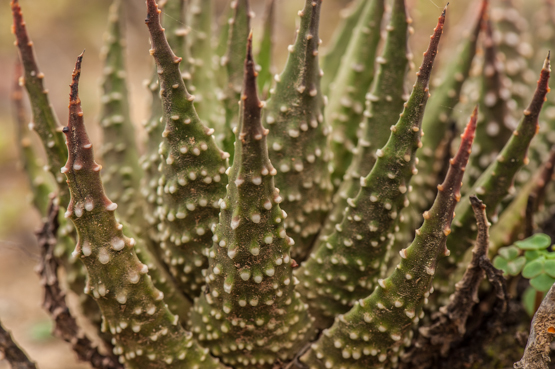
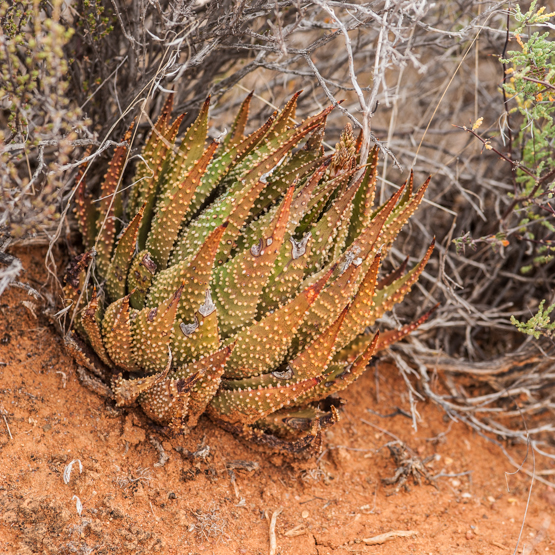
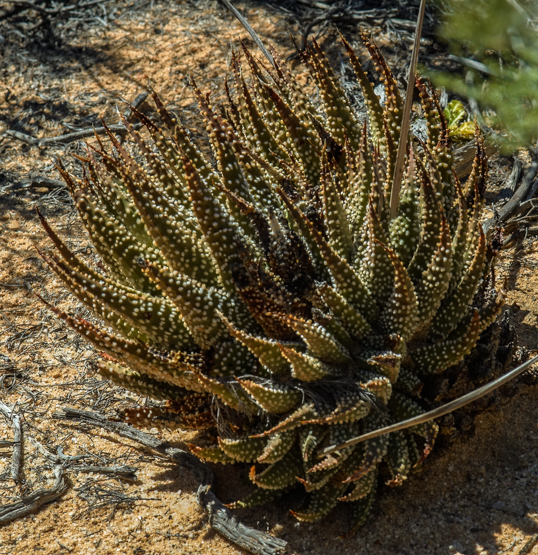
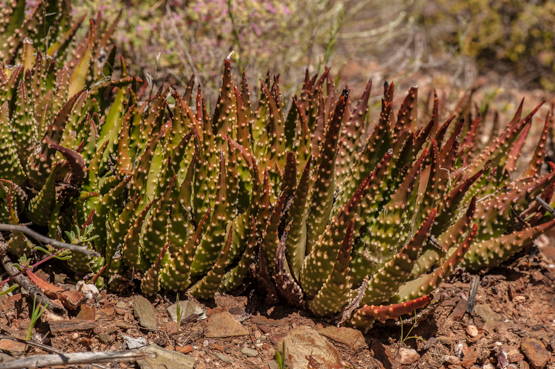
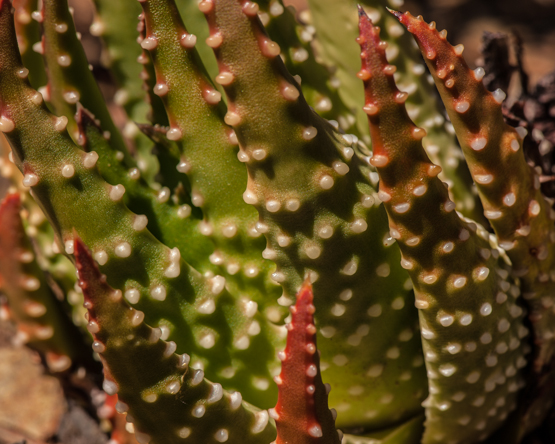
Astroloba foliolosa
When comparing this species to other Astrolobas, it is handy to known that foliolosus means “with many small leaves”. Normally the leaves are spreading almost horizontally, which is uncommon in the genus.
The species occupies a wide distribution area from Laingsburg in the west to Graaff-Reinet and Cradock in the east. It also occurs in the Little Karoo. Usually the plants are up to 20 cm tall, but they may reach 30 cm.
The pictures will hopefully give you a good idea of how different the plants look like in different situations.
